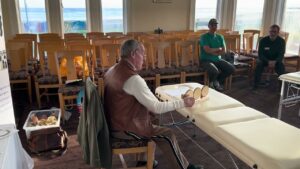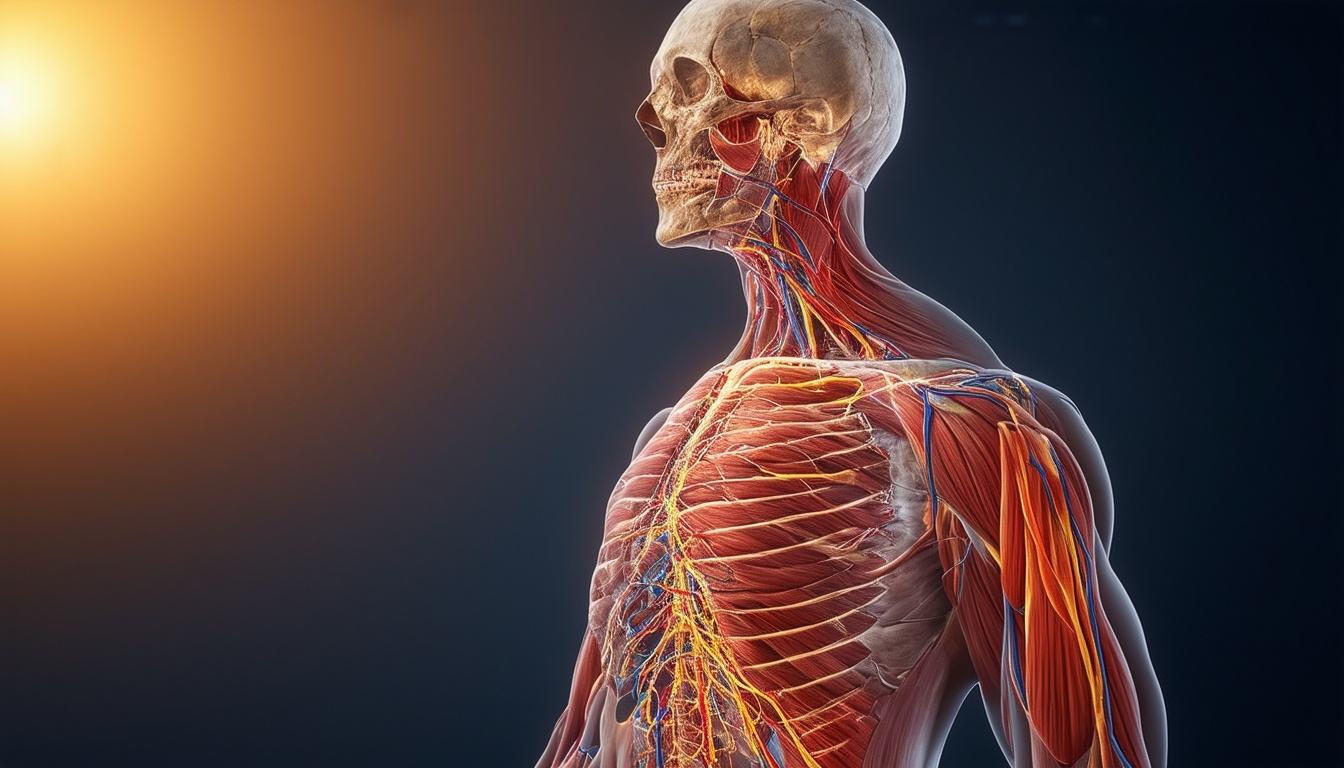The Complexity of Nerve Damage: Why Healing the Nervous System is Challenging
Every year, tens of millions of Americans suffer from nerve damage, some irreparably so. Science can heal bones, grow new organs and even restore our microbiomes, but why is it so hard to fix our nerves? Hey guys, Lissette here for DNews. The human body possesses a remarkable ability to heal. Bones re-fuse, skin wounds mend, and the immune system adapts to infection after infection. But there’s one area of the body that struggles to recover after an injury: The nervous system. Nerve damage can be one of the most debilitating and permanent types of injury. The nervous system is an incredibly complex network that sends electrical information throughout your body. It can be divided into two sections. The brain and spinal cord make up the central nervous system or CNS…. and the nerves are made up of fibres of sensory and motor neurons comprising the peripheral nervous system.
Challenges and Potential Solutions in Regrowing Nerves: Understanding the Specialized Cells and Inhibitory Proteins in the CNS
Each cell in the nervous system, from the tip of your finger up your arm, up your spinal column, and into your brain, is very specialized. And each has a unique function on the pathway, like a circuit. If one of these gets cut or injured, it’s hard for an exact replacement cell to be put in in the right spot. Think about when you get a cut on your skin. If the cut goes deep enough, exact replicas of cells won’t cover the wound; instead, fibrous tissues form… which we call scars. Scars are part of the problem in regrowing nerves, and they often get in the way – especially in the case of spinal cord injuries. As part of the CNS, spinal cord injuries are notoriously difficult to heal, partially because of the way nerve cells in the CNS are made. According to the book, “Results and Problems in Cell Differentiation”, the CNS also has specific proteins that, weirdly, inhibit cell regeneration. While this might sound like a bad idea, it’s hugely beneficial overall to the formation of the CNS.
The Importance of Proper Cell Growth and the Role of Schwann Cells in Protecting the CNS
These cells need to grow exactly where they are supposed to. Just one out-of-place could be harmful. Think of an electrical circuit; each unit has to be in a specific order and place to work. If one is out of place, the integrity of the CNS is compromised. Neurons in the CNS also lack specific cleaning cells. Nerve cells comprise many parts but send signals through threads covered in a protective myelin sheet. These threads are called axons. Axons are the long part of the cell that reaches out to the cell next to it to send information down the line… Like arms handing the bucket down the line in a bucket brigade. So these are super important and need protecting. That’s where the Schwann cells come in… which are only found in the Peripheral nervous system.
Study Reveals Schwann Cells’ Role in Nerve Repair, Highlighting Potential for Stem Cell Treatment
Schwann cells, not neurons but GLEEL cells, produce the myelin that helps protect the axons. But, a study published in The Journal of Cell Biology found they also clean up damaged nerves – making way for the healing process and new nerves to form. However, the problem is that these Schwann cells are missing from the CNS. What they have instead are myelin-producing cells called oligodendrocytes. But these cells don’t clean up damaged nerve cells, which is part of the problem. So, unfortunately, according to Dr. Richard G. Fessler, professor at Rush University Medical Center, “There are currently no therapies which successfully reverse the damage” from injuries to the spinal cord. However, research is currently underway to examine the potential success of stem cell treatment, where stem cells are injected directly at the injury site. Still, it will take a few years to see the results of such trials. But there are times when your body can regenerate nerves.
Advancements in Peripheral Nerve Regeneration: Heat and 3D Printing Show Promise
The peripheral nervous system doesn’t have the same blocking proteins as the CNS and Schwann cells help heal the damage. So it’s able to regrow nerves, albeit slowly. For instance, cutting a nerve in your shoulder could take a year to regrow. By that time… the muscles in your arms could become atrophied. So, not surprisingly, researchers are working on helping the body heal faster. One study published in the Journal of Clinical Investigation found that heat shock made the peripheral nerves grow faster. In another study published in Advanced Functional MATERIALS, researchers used 3D printing to create a guide for peripheral nerves to follow as they regrew. The guide was built with minor physical grooves and even chemical cues to help guide the nerve along its new path. But, to learn more about other research into repairing spinal cord injuries, check out Trace in this episode.





It’s a journey, filled with small steps and daily commitments. Celebrate the victories, learn from the setbacks, and keep moving forward. Your spine, in all its complexity, will thank you with years of support and flexibility.